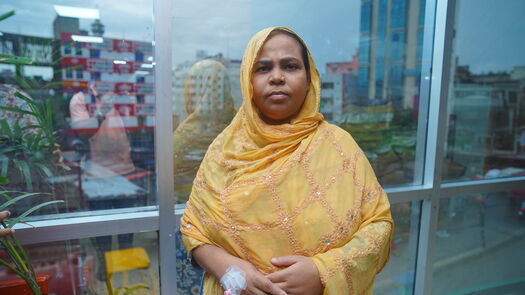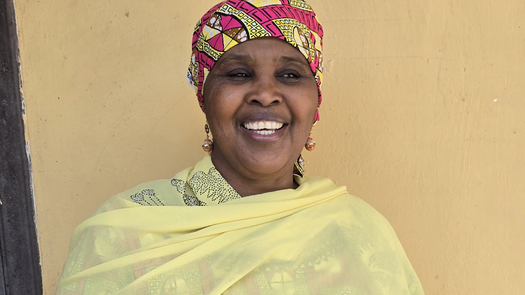November 19, 2025

High blood pressure (HBP) is showing up with alarming frequency in India’s younger population. Take the case of Sangeetha from a remote village in Tamil Nadu in the south of the country. Eight months into her pregnancy at age 22, she had a sudden seizure and was rushed to a private hospital. There, she was diagnosed with critical HBP, but medical attention came too late. She lost her pregnancy.
Kamran, who lives near India’s capital, New Delhi, was in his late twenties when he experienced debilitating headaches. Within a week of being diagnosed with hypertension, he suffered a massive stroke. It left him partially paralyzed.
These sad cases show that HBP often remains undetected until a sudden stroke or heart attack strikes a seemingly healthy youth without any warnings.
And they are hardly unique. A recent study found that 35 percent of 10- to 12-year-olds and 25 percent of 13- to 19-year-olds had BP in the stage 1 or 2 hypertension range. Similar studies by the All India Institute of Medical Sciences (AIIMS), New Delhi, have painted a grimmer picture of the situation.
Young people with HBP were more likely to have other cardiovascular disease (CVD) risk factors, such as overweight or obesity, high blood glucose levels and lipid abnormalities. Using 2011 Indian census data, this finding translates to approximately 69 million Indian youth with HBP and possibly other CVD risk factors. When this data is read alongside a recent study that indicates that at least 30 percent of Indians don’t get their blood pressure checked, the overall disease burden may be more acute.

“It is highly concerning that countless young people in India are at risk of serious health complications and sudden and premature death as a result of undiagnosed and untreated hypertension,” said Vandana Shah, Vice President of Health Systems Strengthening at the Global Health Advocacy Incubator (GHAI). “That’s why we are collaborating with the government, communities and medical institutions for response mechanisms such as India’s ambitious 75/25 initiative which aims to bring 75 million people under treatment for hypertension and diabetes and provide standard care to those diagnosed by 2025.”
GHAI plays a central role in this effort through public awareness campaigns, supported by Resolve to Save Lives, to encourage early screening of BP and more government investments in BP control.
Creating awareness and encouraging political action on this significant crisis, is a top priority for us and our partners. To keep the momentum going, we have planned a series of strategic activities throughout the year. They include collecting evidence and stories from the community level, sensitizing youth and young caregivers, such as nursing graduates, and working with doctors and medical institutes to recommend that the screening age for HBP should be lowered from 30 to 18 years.



